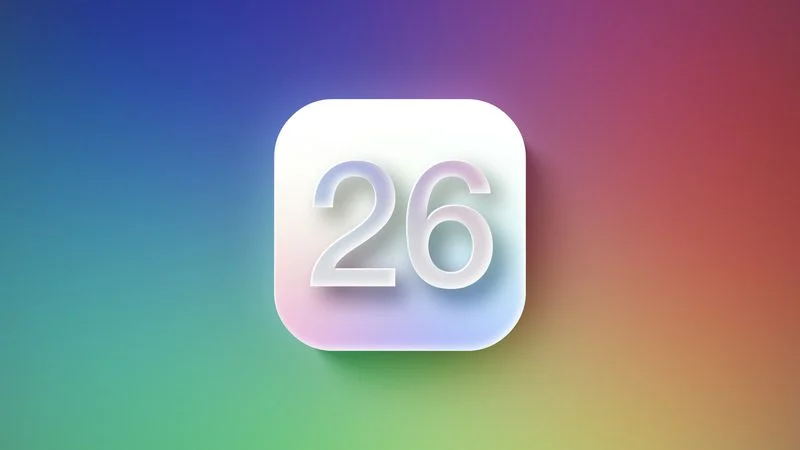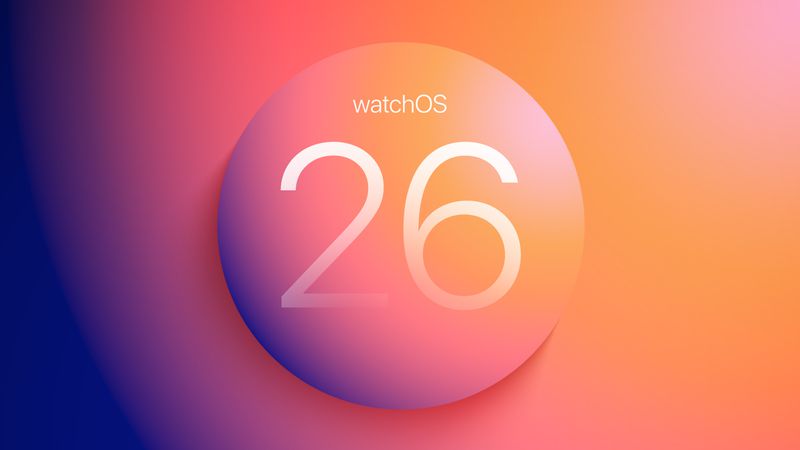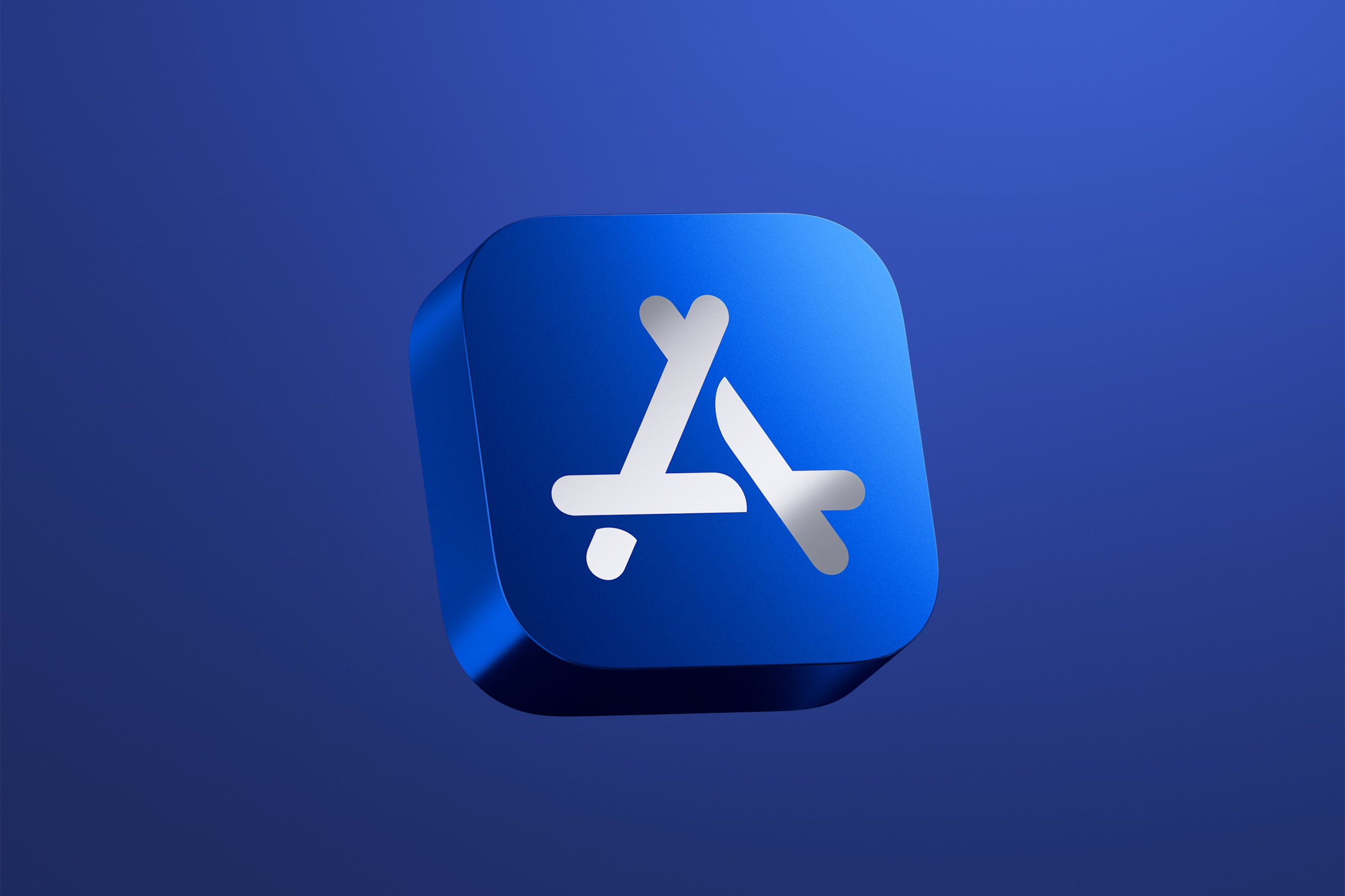Apple is working on making Siri smarter by possibly teaming up with companies like OpenAI, the creators of ChatGPT, or Anthropic, who make Claude. According to recent reports, Apple has been talking with these companies to use their advanced AI systems to power Siri.
They’re testing models that work with Apple’s private cloud servers, but no final choice has been made about replacing Siri’s current setup. Tests show Anthropic’s Claude might be the best match for Siri, though talks about costs are ongoing.
Apple is also developing its own AI for a future Siri update, expected in iOS 27 by fall 2026, while already using ChatGPT for some Siri features in iOS 18. In another move, Apple sent out surveys to Vision Pro users to get feedback on the headset’s features, accessories, and how it compares to other devices like Meta Quest 3, PlayStation VR, and smart glasses like Meta Ray-Ban.
The survey asked about screen quality, comfort, and the usefulness of the Vision Pro iPhone app. Apple seems curious about what users think of competing products, hinting at plans to improve Vision Pro or explore new ideas like smart glasses. These steps show Apple’s push to stay competitive in AI and mixed reality, aiming to make Siri and Vision Pro better for users.






